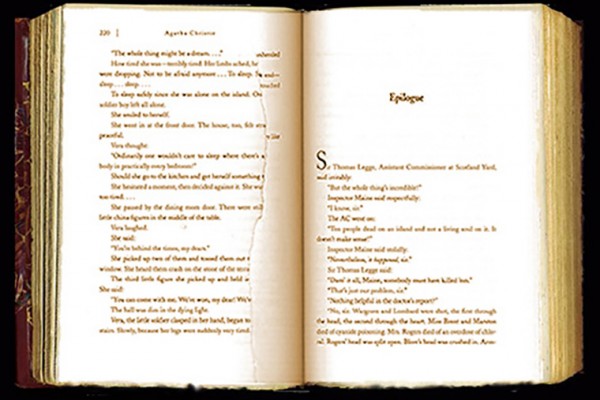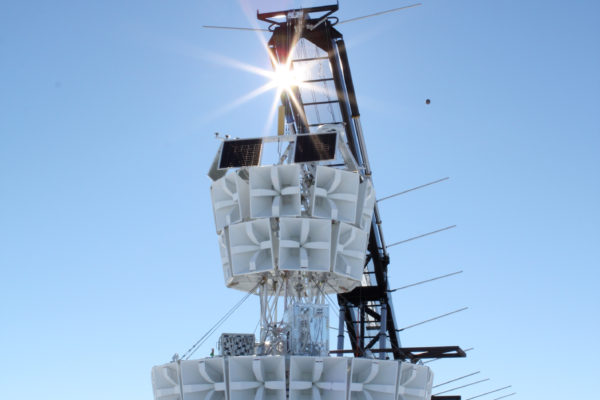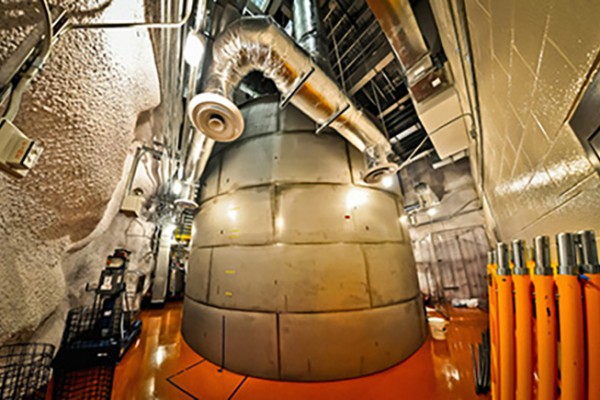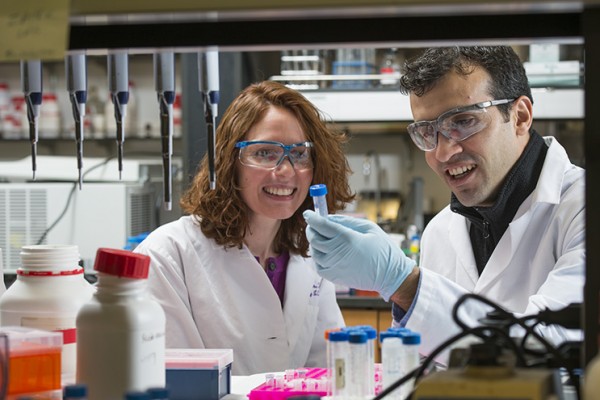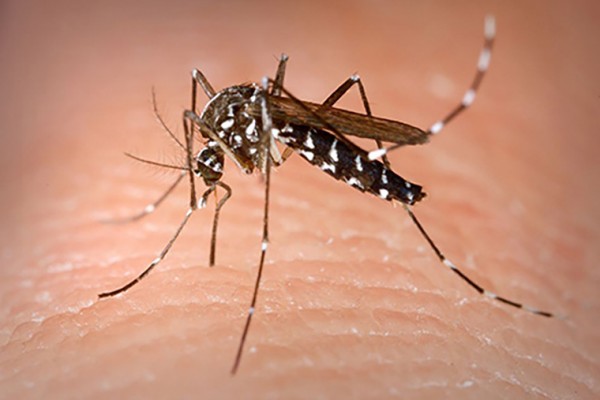In the quantum world, the future affects the past
In the quantum world, the future predicts the past. Playing a guessing game with a superconducting circuit called a qubit, a physicist at Washington University in St. Louis has discovered a way to narrow the odds of correctly guessing the state of a two-state system. By combining
information about the qubit’s evolution after a target time with
information about its evolution up to that time, the lab was able to
narrow the odds from 50-50 to 90-10.
Forty-year-old Apollo 17 samples help date lunar impacts
It’s been more than 40 years since astronauts returned
the last Apollo samples from the moon, and since then those samples have
undergone some of the most extensive and comprehensive analysis of any
geological collection. A team of scientists has now
refined the timeline of meteorite impacts on the moon through a
pioneering application of laser microprobe technology to Apollo 17
samples.
To speed up magma, add water
A three-dimensional seismic image of the mantle beneath the
Lau Basin in the South Pacific just published in Nature has an intriguing anomaly. The image showed the least magma where the scientists expected to find the most. After considerable debate, they concluded that magma with a high water content was flushed so rapidly that it wasn’t showing up in the images.
Surprised by math
Math circles, which bring together professional mathematicians and young students,
have been a part of mathematical culture in Russia since the 1930s and
in Bulgaria for nearly a century. Washington University’s math circle, founded in 2002, gives kids a chance to meet a mathematician and to absorb his or her adventuresome and imaginative approach to solving problems.
How bacteria control their size
New work shows that bacteria (and probably other cells as well) don’t double in mass before dividing. Instead they add a constant volume (or mass) no matter what their initial size. A small cell adds the same volume as a large cell. By following this rule a cell population quickly converges on a common size.
ANITA III launched over Antarctica
Calm winds allowed the ANITA III experiment to be launched into the polar vortex above Antarctica on Dec. 17. The instrument consists of 48 radio receivers that are listening for pings that will be generated when ultra-high-energy cosmic rays generate radio-frequency bursts that reflect off the ice and up to the instrument at a float altitude of 120,000 feet, four times higher than commerical airliners cruise.
Hunting for dark matter in a gold mine
An astrophysicist at Washington University in St. Louis is among the team hunting for an elusive particle called a WIMP, that may be the fundamental particle of dark matter. To catch this notoriously wily particle they have built a detector consisting of a large vat of xenon in a deep chamber of a played-out gold mine in the Black Hills of South Dakota.
It’s not always the DNA
Scientists have mostly ignored mRNA, the molecule that ferries information from DNA to the cellular machines that make proteins, because these DNA transcripts are ephemeral and soon destroyed. But mRNA can be just as
important as DNA scientists at Washington University in St. Louis say. They found that oxidized messenger RNA jams the cellular machines that
make protein. The failure to clear the jams and chew up bad messengers
is associated with neurodegenerative diseases such as Alzheimer’s.
Seven internationally famous specks of dust
This August, a consortium of 65 scientists announced in the journal Science that they have so far found seven probable but not confirmed interstellar dust specks in a collector returned to Earth by the Stardust spacecraft in 2006. Undergraduate students at Washington University in St. Louis found three of the seven specks of dust.
Hot on the trail of the Asian tiger mosquito
The Asian tiger mosquito (Aedes albopictus) was spotted in Houston in 1985 but can now be
found in all of the southern states and as far north as Maine. To reconstruct its spread, scientists turned to the new discipline of landscape genetics.
Correlating genetic patterns with landscape patterns, they concluded
that the mosquito had hitched a ride along highways. One of only a handful of landscape genetics studies to track an invasive species, this is the first to detect hitchhiking.
View More Stories
